Strawberry variety Bereginya
Bereginya is a table non-repairable variety of garden strawberries (strawberries) of late ripening. It was bred by specialists from the Kokinsky base of the All-Russian Institute of Selection and Technology for Horticulture and Nursery by crossing the Gonzago and American Concord varieties. Since 2007, the "novelty" has passed state tests, and in 2012 it was included in the state register of breeding achievements of the Russian Federation. Zoned in the Central region (Tula, Bryansk, Smolensk, Ryazan, Moscow, Vladimir, Kaluga, Ivanovo regions). Bereginya is resistant to heat, drought, many diseases and pests, as well as good winter hardiness.
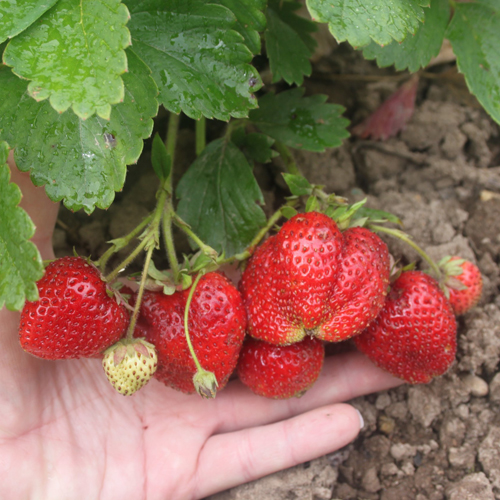
Medium-sized plant, semi-sprawling, abundantly leafy. Strawberry leaves are medium-sized, concave, medium-wrinkled, slightly ribbed. The color of the leaf plate is light green with a characteristic shine. The leaves are pubescent, with wide obtuse teeth. The shape of the middle lobe of the leaf plate is obovate. Leaf petioles are medium, longer than lateral ones, medium pubescent, hairs are not pressed. Stipules are long, wide, green in color. The flowers are bisexual, the variety does not need additional pollination. The inflorescence is compact, consists of many medium-sized, untwisted white flowers. Peduncles of medium length, with dense pubescence, are located at the level of the leaves. The stalk is medium. Abundant whiskers, whiskers are of medium size, pale red in color. When growing strawberries for berries, it is extremely important to pay special attention to whisker removal.
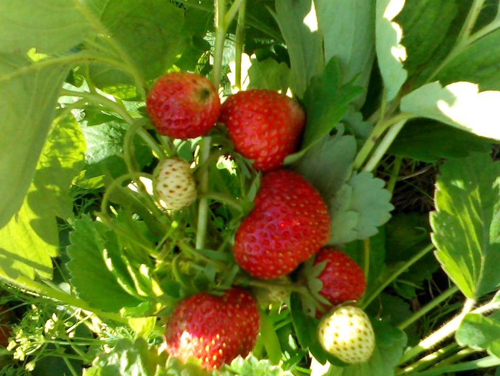
Berries of Bereginia are medium in size, of the correct blunt-conical shape, the neck is absent. The skin is orange-red, shiny. The pulp is red, dense, juicy, with a bright strawberry aroma. The fetal cavity is mild. Achenes are colored yellow, shallowly immersed in the pulp. Dessert berry taste, very rich, sweet, with light hints of acid, emphasizing sweetness. Tasters rated the taste of fresh fruits at 4.5 points on a five-point scale. The content of substances in the pulp: sugar - 5.7%, acid - 0.8%, vitamin C - 79 mg%.
The berries are dense and therefore suitable for transportation. They are separated from the stalks without deformation, remain dry, keeping their excellent presentation. Strawberries are especially good fresh but also great for processing.
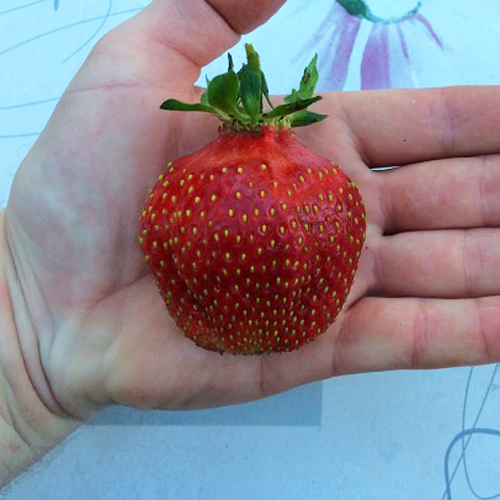
The variety is late, ripening begins around the 20th of June. Bereginya is characterized by stable fruiting throughout the season, that is, the berries do not shrink after the first harvest. The average weight of fruits in the season is 14.1 grams, the maximum is about 30 grams, however, some sources claim a limit of 50 grams. The yield can reach 15 tons per hectare or more. Average yield indicators are 13.1-16.6 t / ha, per plant - 362.9 grams (data for 2006-2007). From one biennial plant, it is potentially possible to obtain about 600 grams of berries.
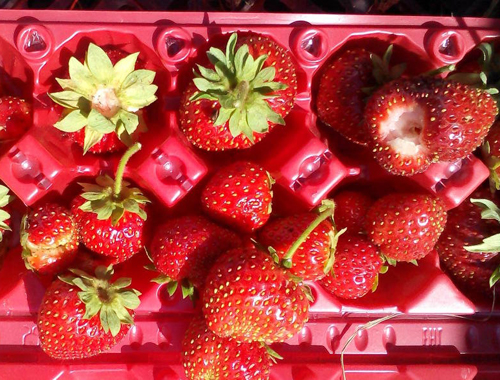
Bereginya has high drought and heat resistance. Berries are not baked in the sun; in hot seasons they retain their taste and marketability. Plants also have good winter hardiness, however, shelter is highly desirable in winters with little snow. Even in the northern regions, strawberries feel good and do not freeze. Also, our heroine has a high resistance to various diseases and pests, in this regard, she surpasses many other popular varieties. The invulnerability to fungal diseases and strawberry mite is especially prominent.
Bereginya is absolutely not whimsical in leaving, she needs only the most standard agrotechnical measures. Plants should be planted in sunny, well-lit areas. Planting is carried out according to the scheme 30 × 50−70 cm. Before planting seedlings, the soil must be well prepared and a sufficient amount of fertilizer must be added to it. At this time, it is worth focusing on nitrogen complexes, and during the period of flowering and fruit ovary, preference is given to mineral fertilizing.Two or three times fertilization will be enough per season.
The variety perfectly withstands drought, but the increased amount of moisture is clearly not good for strawberries. Still, regular watering is an important point in helping to increase yields, but do not get too carried away. This is the case when it is better to underfill than overflow. You should also pay special attention to the rationing of the number of mustaches - they take up most of the food, and if they are not removed in time, then you can say goodbye to a good and tasty harvest. Abundant growth can be called the main drawback of our heroine, and this nuance is especially inconvenient when growing strawberries on an industrial scale, since removing a mustache takes time and labor.
Summing up, we can say the following. Bereginya is a very good, stable variety that requires very little attention, but at the same time it is capable of providing a tasty harvest. However, our heroine does not differ in ultra-high yield rates, and in terms of the size of berries she is inferior to many popular varieties. But on the other hand, it has excellent taste, and nowadays not every strawberry can boast of this. Also among its advantages are such important points as high resistance to drought, heat, diseases and pests, very good winter hardiness, stable fruiting without reducing the size of berries by the end of the season, excellent presentation of fruits and the possibility of their transportation. Thus, Bereginya clearly deserves a spot on your site!
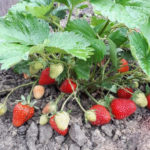
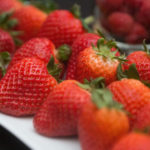
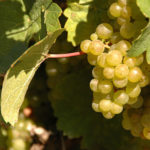
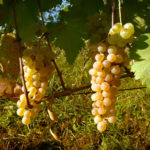
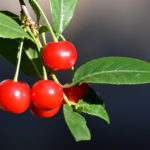
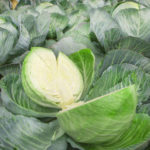



Who has Bereginya strawberries on sale?